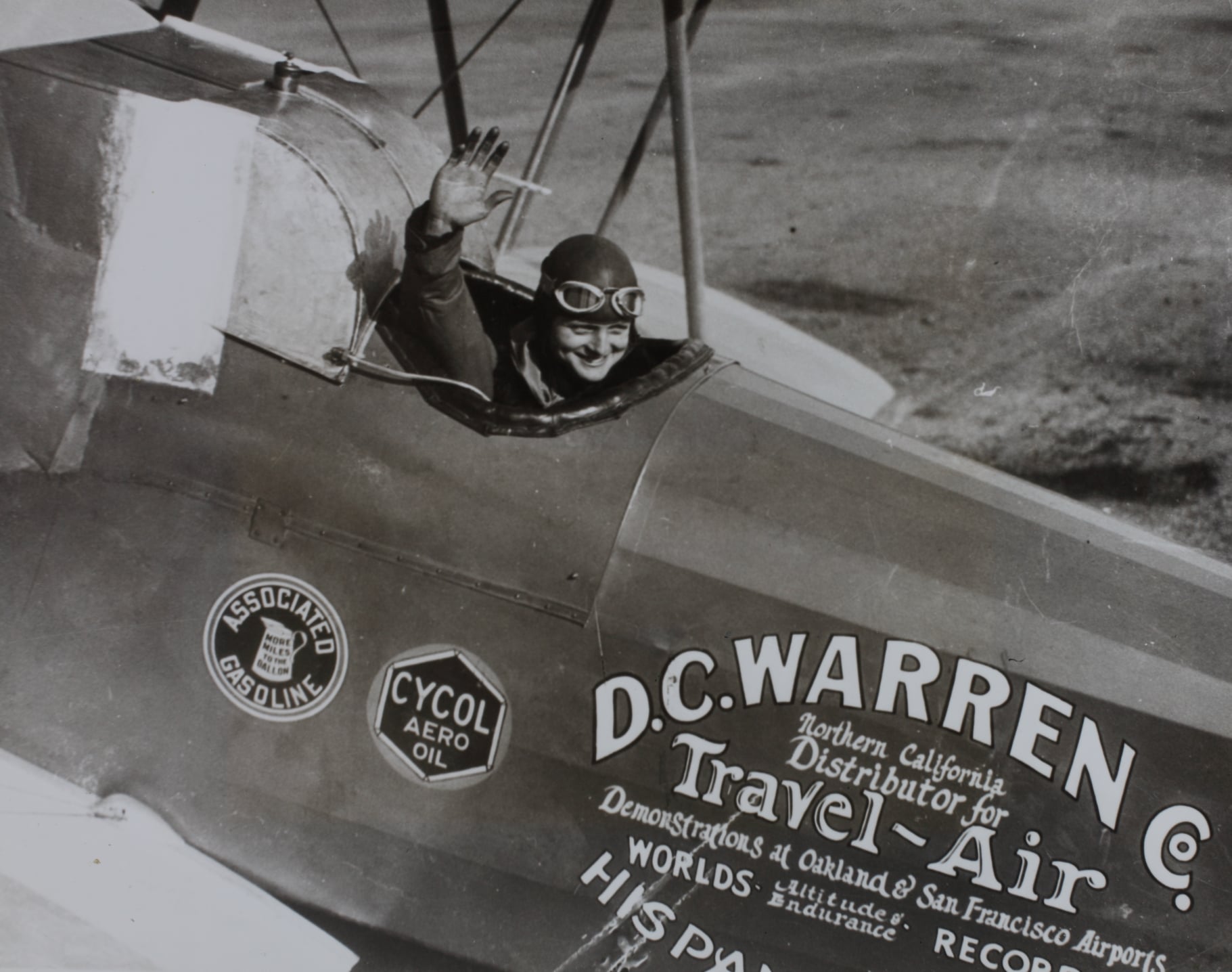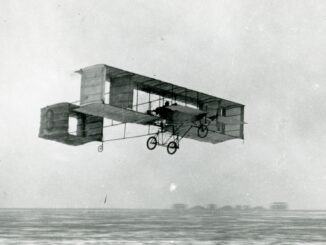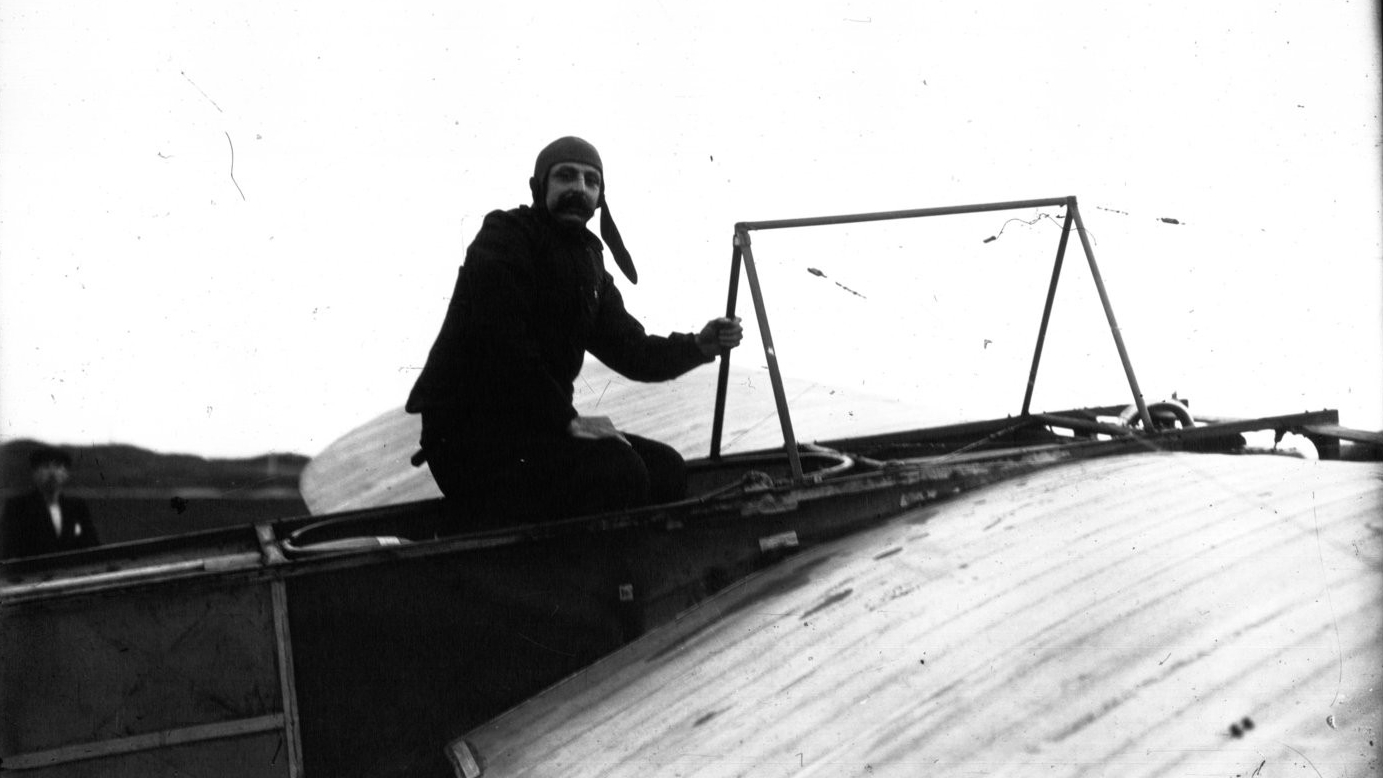 On 1st July 1872, Louis Charles Joseph Blériot, the famous French aviation pioneer, was born in Cambrai, France.
On 1st July 1872, Louis Charles Joseph Blériot, the famous French aviation pioneer, was born in Cambrai, France.
From his early years, Blériot was interested in engineering, being especially excellent in technical drawings. In 1892, Blériot started his study at the prestigious École Centrale des Arts et Manufactures (Central School of Engineering and Science). He graduated three years later, receiving his engineer diploma and then attended compulsory one-year-long military service in an artillery regiment.
Blériot´s interest in aircraft started already during his studies at École Centrale. Nevertheless, his first aircraft, Blériot I, that featured flapping wings and was powered by carbonic acid engine of his construction, was created only in 1901.
In 1905, Blériot joined Surcouf and Voisin to open an aviation workshop. However, their cooperation lasted only about a year and, at the end of 1906, Louis Blériot established his own company – Recherches Aéronautiques Louis Blériot.
Within the next few years, Blériot experimented with several different configurations of his aeroplanes, engines and control systems. Regrettably, without any commercial success.
In 1909, Blériot made aviation history by completing the first non-stop flight across the English Channel, from Calais to Dover, in a powered, heavier-than-air aircraft. The aeroplane used by the French aviation pioneer was Blériot XI, a tractor-configuration monoplane fitted with a three-cylinder Anzani engine, generating 25 hp.
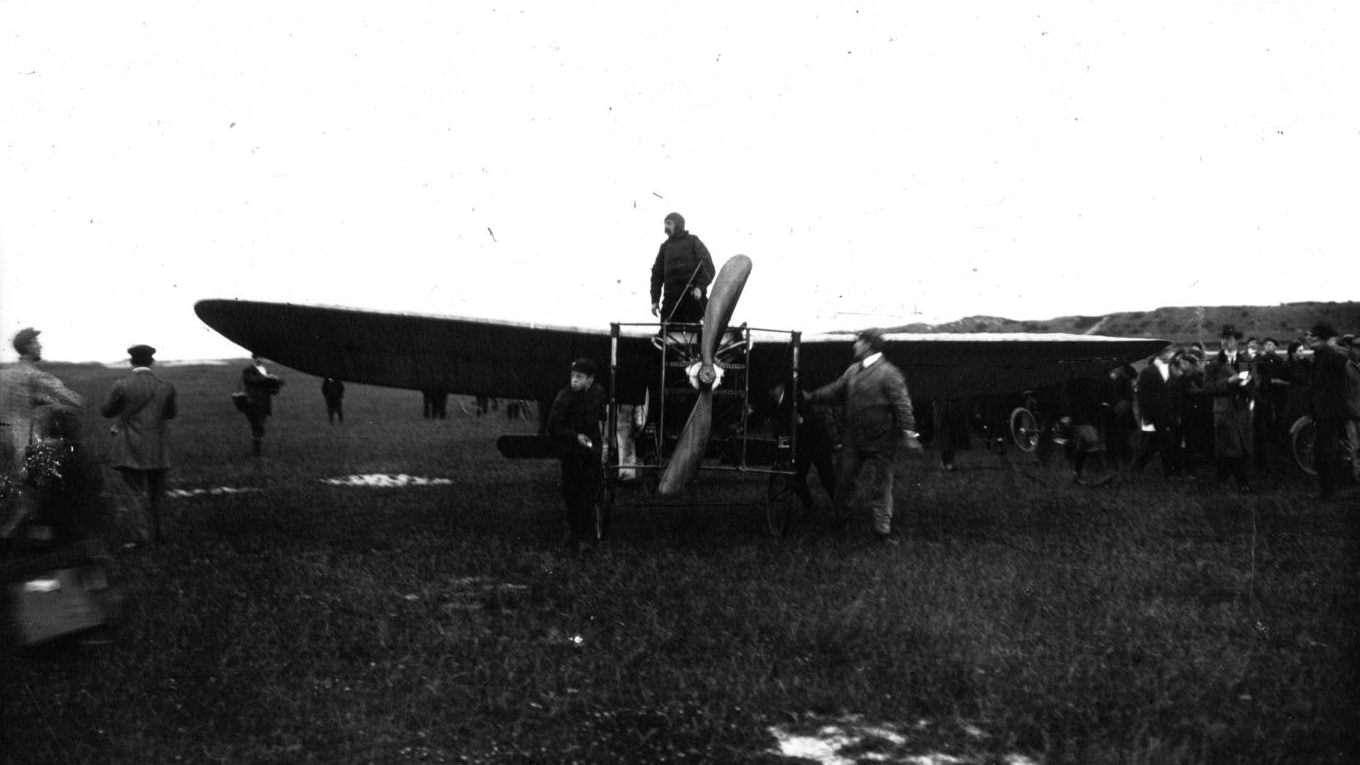
That spectacular flight was not only the significant achievement in aviation but finally brought fame and financial remuneration to the pilot. In a short time, the Blériot´s company received more than one hundred orders for Type XI aircraft. Recherches Aéronautiques Louis Blériot rapidly grew up and, until the outbreak of the Great War, made approximately 900 aeroplanes.
In 1913, just at the eve of the World War I, Blériot bought Société pour les Appareils Deperdussin aviation company and renamed it Société Pour L’Aviation et ses Dérivés, commonly known as SPAD. During the war, the company was successfully manufacturing fighter aircraft, including the well-known S.VII and S.XIII.
After the war, Blériot´s companies switched to manufacturing cars and motorcycles but in the mid-1920s returned to build aeroplanes and continued with that activity until 1937. That year, as apart of nationalisation of French aviation industry, his company was taken over by Société nationale des constructions aéronautiques du Sud-Ouest (aka SNCASO or just Sud-Ouest).
Louis Blériot died on 1st August 1936, due to a heart attack.
More information about the French aviation pioneer, the race to cross the English Channel and Blériot XI aircraft can be also found in our previous articles:
- – 1 July 1872 – Louis Blériot is born
- – 19 July 1909 – Hubert Latham makes the first attempt to cross the English Channel in an aeroplane
- – Blériot XI for the Aviation Fair Squadron
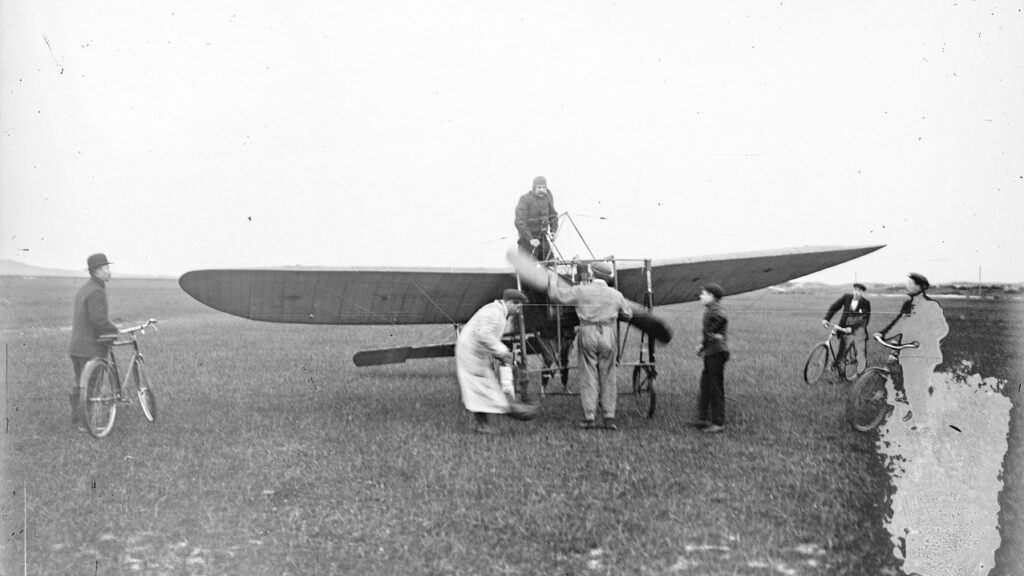
Cover photo: Blériot in Calais, shortly before crossing the Channel (photo: gallica.bnf.fr / Bibliothèque nationale de France, ark:/12148/btv1b9019209s)

